




Deutschman Lab Projects
Current Projects
Vegetation Monitoring
Butterflies and Other Insects
Birds
Restoration
Statistical Support
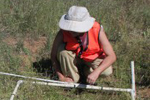
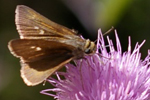
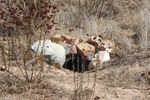
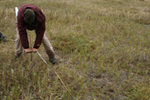
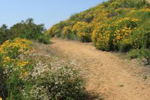
Vegetation monitoring includes work in grassland, coastal sage scrub, and oak woodland communities. We are also involved with vegetation mapping efforts, providing an independent entity to assess the accuracy of these mapping products.
Projects primarily focus on describing the habitat, distribution, behavior, and population sizes of rare butterflies and skippers, as well as developing monitoring protocols for these species. We are also investigating the ecosystem services provided by insect communities in the context of conservation. Additional research involves blister beetles in California and monitoring for the exotic goldspotted oak borer.

Current projects involve the Burrowing Owl (CA Species of Special Concern) and California Least Tern (CA and Federal Endangered Species). The Burrowing Owl project is in collaboration with the San Diego Zoo, investigating habitat enhancement methods. Work involving Least Terns is designed to link the fine-scale habitat characteristics of nests with reproductive success.
Two projects are evaluating several restoration methods related to native grassland and coastal sage scrub vegetation communities on San Clemente Island. This includes post-fire recovery as well as the effect of exotic species on soil characteristics and native species. A third project is assessing the long-term effectiveness of restoration projects in coastal sage scrub and riparian habitats in San Diego County.
Lab researchers can provide the necessary quantitative expertise, as well as field and laboratory support for a wide range of resource management and conservation projects. Currently we are assisting USFWS and CA Dept. of Fish & Wildlife to better understand the factors that drive California Least Tern population dynamics and where Burrowing Owls prefer to nest, as well as the City of San Diego to quantify recreational use.
Read More
Read More
Read More
Read More
Read More